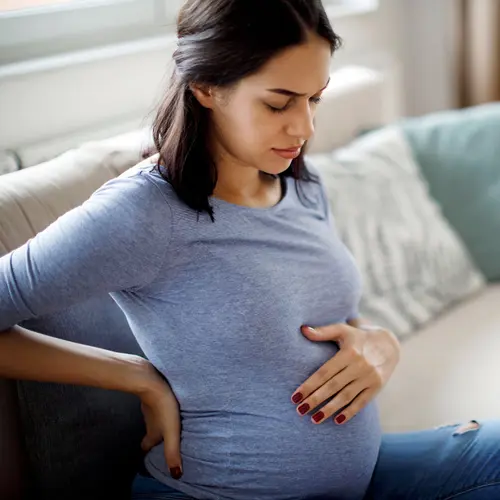April 10, 2023 -- C-sections and other forms of scheduled childbirth may greatly reduce the number of cases of preeclampsia – a dangerous form of high blood pressure in expectant women – that occur during the late stages of pregnancy, according to a study published Monday in Hypertension, the peer-reviewed journal of the American Heart Association.
Timed birth strategies are often used to prevent other medical problems but are seldom used to prevent preeclampsia during the time frame that’s called “at-term,” between 37-42 weeks of pregnancy, a news release from the AHA said. That’s when most preeclampsia occurs, the release said.
“Our findings suggest that over half of the cases of at-term preeclampsia may be prevented by timed (planned) birth,” said lead study author Laura A. Magee, MD, a professor of women’s health at King’s College in London. “It is important to note that being at higher risk of at-term preeclampsia was associated with earlier spontaneous onset of labor, so women at the highest risk were already less likely to deliver close to their due date.”
Researchers looked at more than 10 years of health records at two hospitals in the United Kingdom. There were 57,131 pregnancies with health records at 11-13 weeks in which there were 1,138 cases of at-term preeclampsia and 29,035 pregnancies with records at 35-36 weeks in which there were 619 cases of at-term preeclampsia.
The research team evaluated risk of preeclampsia and potential benefits of timed birth for both groups with standard clinical criteria for preeclampsia and a risk prediction model. The risk prevention model used computer programs to examine factors such as maternal history, blood pressure, ultrasound, and blood tests.
The AHA says preeclampsia is a life-threatening condition that affects 1 in 25 pregnancies in the United States. It’s usually diagnosed after 20 weeks of pregnancy with symptoms that include headaches, vision changes, and swelling of the hands, feet, face, or eyes. The condition is an indicator of increased heart problems later in life for the women.


